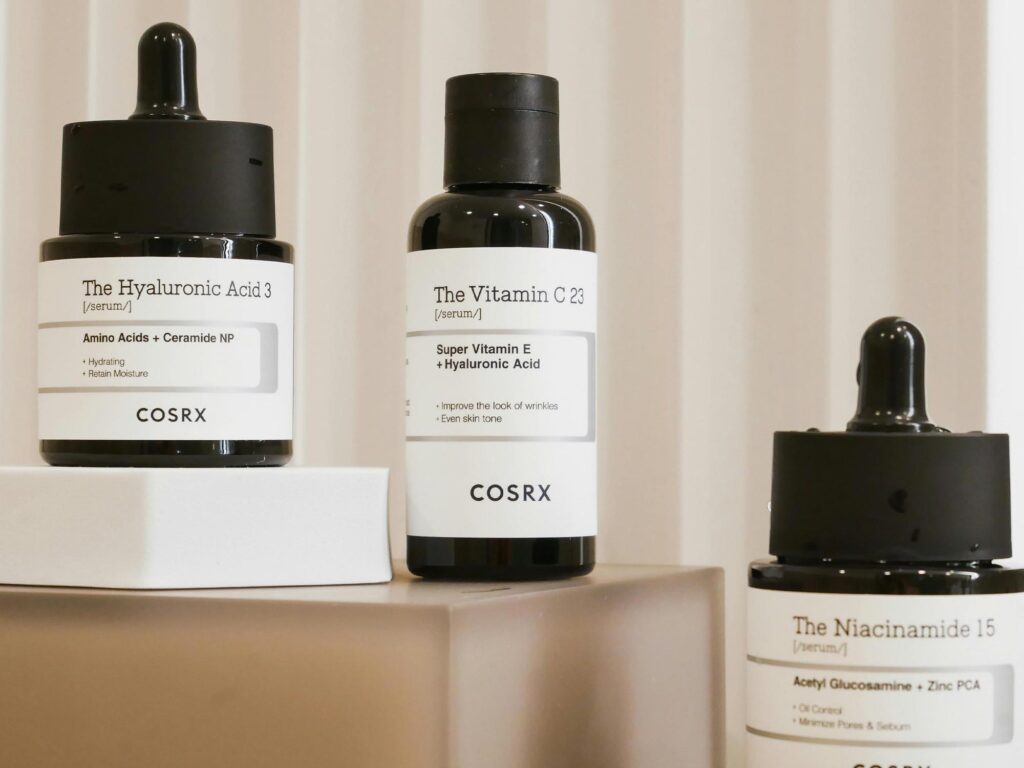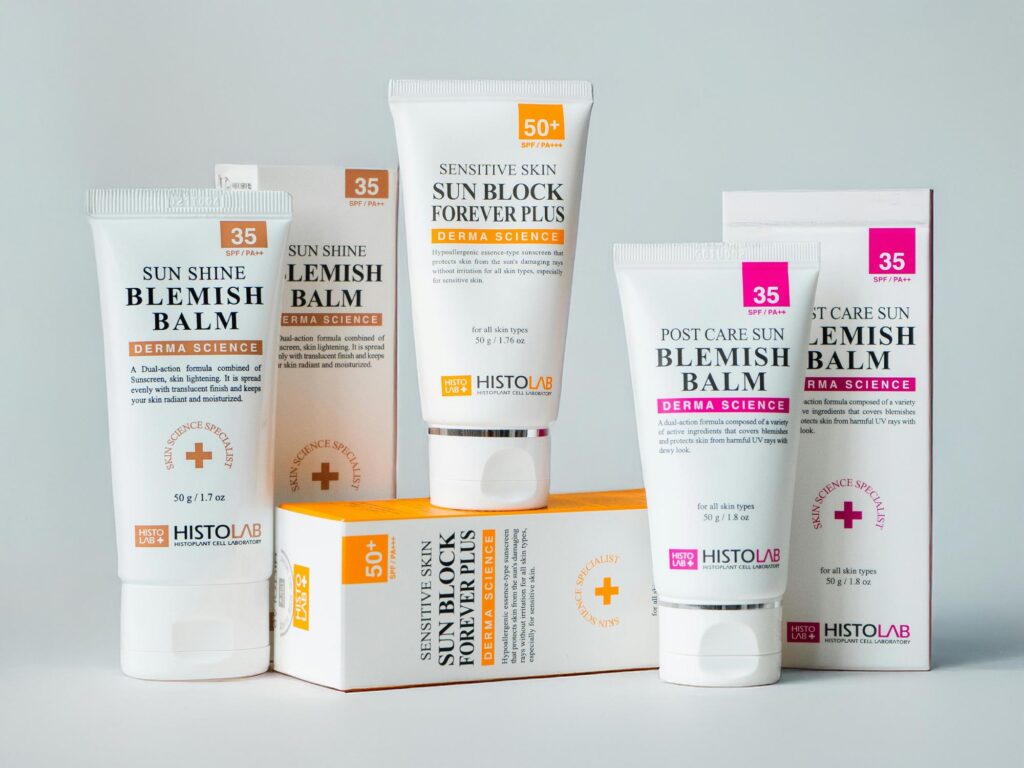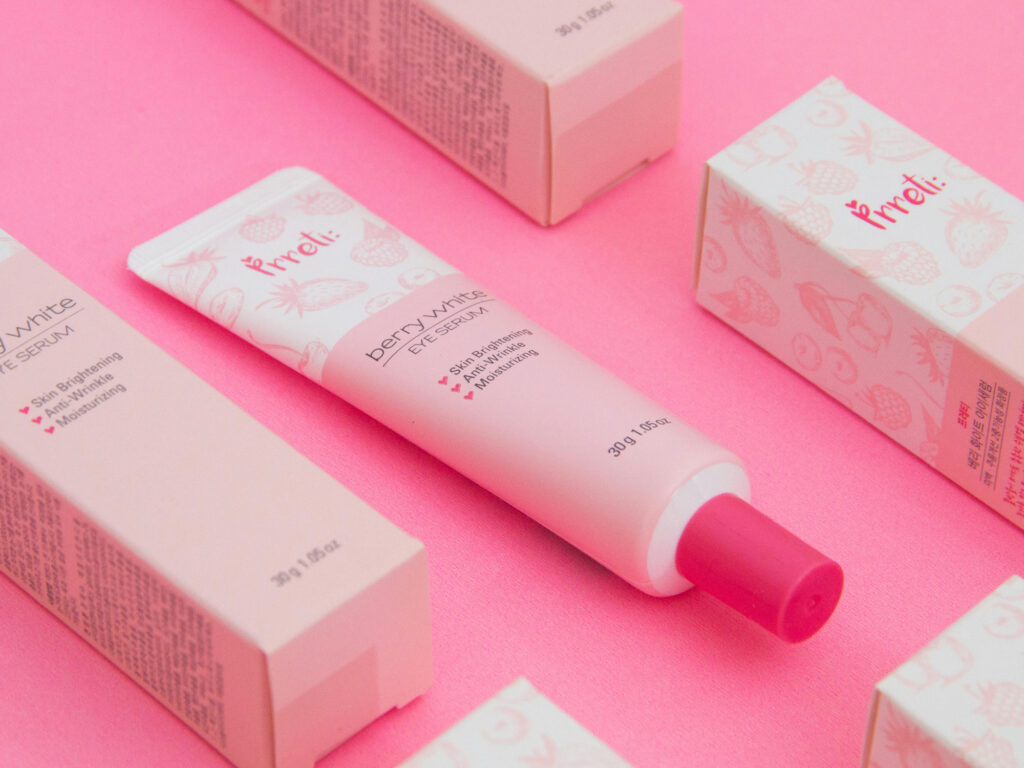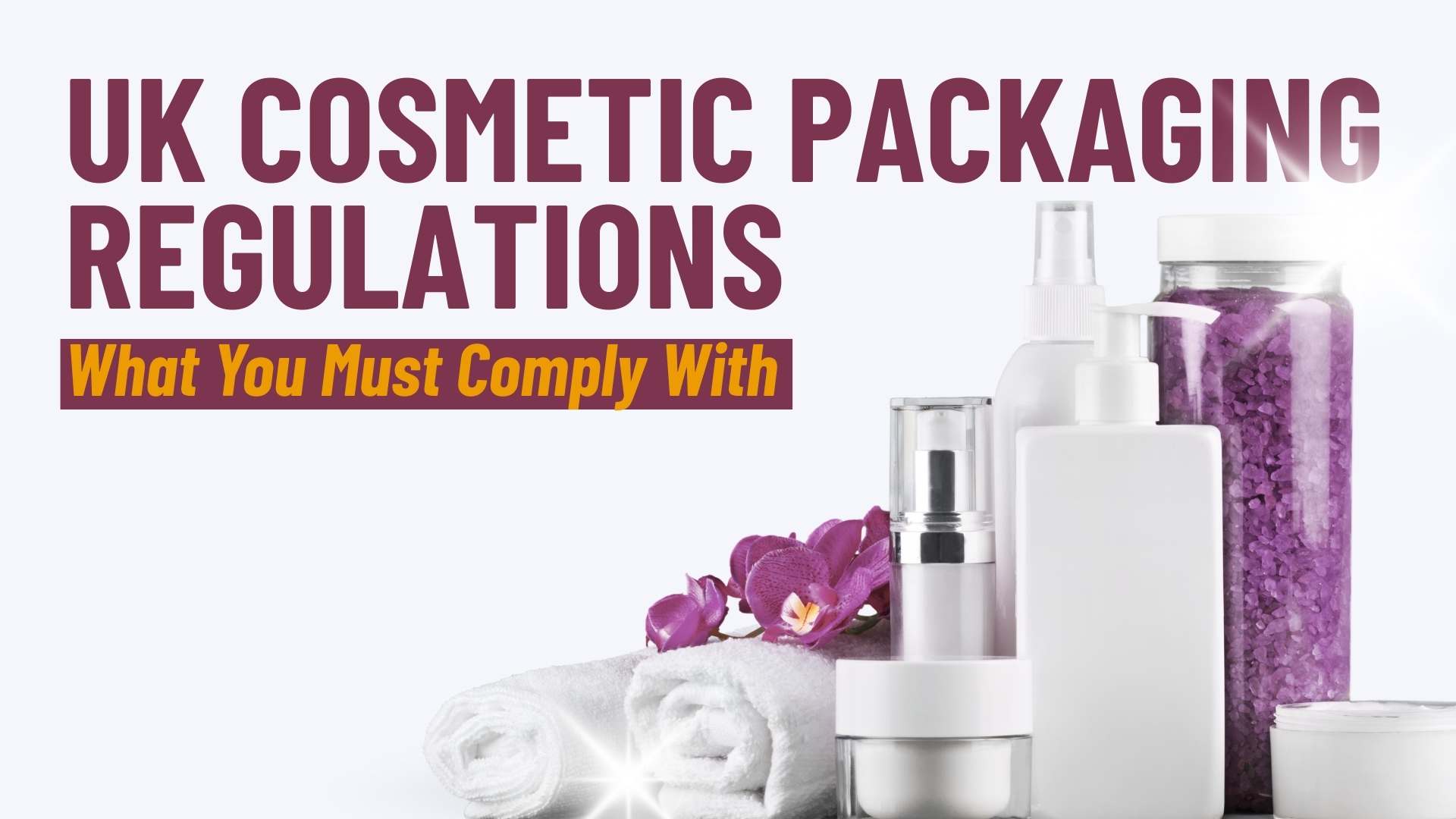In the UK, every beauty product on the shelf must meet strict packaging and labelling rules to protect consumers. These regulations cover everything from ingredient lists and safety symbols to sustainability standards and marketing claims.
Since Brexit, the UK has introduced its own system with the UKCA mark, creating key differences for brands that also sell in the EU.
For small and large businesses alike, understanding these requirements isn’t optional—it’s the foundation for selling safely, legally, and confidently in the UK market.
What Are Cosmetic Packaging Regulations?
Cosmetic packaging regulations are rules that tell businesses how to label and package beauty products before they are sold in the UK. The goal is simple: protect consumers and make sure products are safe, honest, and not misleading. These rules cover everything from ingredient lists and safety warnings to sustainability standards.
The UK enforces these regulations to keep customers safe, prevent false claims in marketing, and encourage environmentally responsible packaging. Since Brexit, there have been subtle yet significant differences compared to EU rules.
The UK now uses the UKCA marking instead of the EU’s CE marking, and businesses selling in both markets must follow each region’s separate requirements.
Who Needs to Follow These Cosmetic Packaging Regulations?
Every business that sells, imports, or distributes cosmetics in the UK must comply, no matter the size. This includes:
- Small independent brands
- E-commerce sellers shipping to UK customers
- Private-label companies producing cosmetics for resale
- Salons or spas creating and selling their own products
Myth busted: Some small business owners think the rules don’t apply to them. That’s not true. Cosmetic regulations apply to everyone, and failing to comply can lead to fines, product recalls, or bans.
Key Cosmetic Packaging Requirements You Must Know
Mandatory Label Information

Cosmetic packaging in the UK must include specific details so customers know exactly what they are buying and using. These include:
- Product name and function – what the item is and how it should be used.
- Ingredient list (INCI format) – standardised names for ingredients, so consumers and regulators can identify them.
- Shelf life / “Period After Opening” (PAO) symbol – tells users how long the product remains safe once opened.
- Warnings & precautions – clear safety instructions, such as “avoid contact with eyes.”
- Batch number/traceability code – for recalls and quality control.
- Responsible Person details – the name and address of the legal contact responsible for product compliance.
Packaging Material Rules

The packaging itself also has to meet safety and sustainability standards:
- Safety first – packaging must not contaminate or alter the product inside.
- Recycling expectations – businesses are encouraged to use recyclable materials such as glass, paperboard, or certain plastics.
- UK Plastic Packaging Tax – packaging that contains less than 30% recycled plastic is subject to a tax, pushing brands to adopt more sustainable choices.
Claims and Marketing Language

The way products are marketed is just as important as what goes inside the packaging:
- No false claims – words like “clinically proven” or “dermatologist tested” must be backed by solid evidence.
- Avoid greenwashing – making vague or misleading eco-friendly claims can lead to penalties. Be specific (e.g., “100% recyclable bottle”) instead of vague statements like “good for the planet.”
UK-Specific Rules Post-Brexit
The UK now has its own set of cosmetic regulations, separate from the EU, although much of the framework still looks similar. Businesses must understand the differences if they want to sell across multiple markets.
Read also our article about UK Skincare Packaging Design Trends for 2025 to see how compliance and creativity come together in the beauty industry.
- UK Cosmetics Regulation – The UK retained many principles of EU law, but it now operates under its own system. Products sold in Great Britain (England, Scotland, Wales) must follow these rules.
- UKCA vs CE Marking – The UKCA (UK Conformity Assessed) mark has replaced the EU’s CE mark for most cosmetic packaging in Great Britain. If you sell in the EU, you still need CE marking, so companies trading in both regions must comply with both.
- Northern Ireland Rules – Northern Ireland follows a dual system. Products can use the CE mark (for the EU) or the UKNI mark when assessed by UK bodies. This creates extra steps for businesses selling across Great Britain, Northern Ireland, and the EU.
Common Mistakes Small Businesses Make
Many small brands struggle with cosmetic packaging compliance, often because they overlook the details. Some of the most common mistakes include:
- Using “eco-friendly” without proof – vague sustainability claims without evidence are risky and count as greenwashing.
- Forgetting to add the Responsible Person details – every product must clearly show the legal contact responsible for safety and compliance.
- Wrong font size or unreadable labels – information must be easy to read; labels that are too small or cluttered can fail inspections.
- Not considering recycling obligations – ignoring rules around recyclable materials or the UK Plastic Packaging Tax can lead to unexpected costs.
Penalties for Non-Compliance
The consequences of getting packaging wrong can be serious. Non-compliance can result in:
- Fines – financial penalties for failing to meet legal requirements.
- Product recalls – items can be pulled off shelves if labels are misleading or incomplete.
- Damaged brand reputation – losing customer trust can hurt a business more than the fine itself.
How to Stay Compliant Without Stress

Staying compliant doesn’t have to feel overwhelming. Here’s a simple checklist small business owners can follow:
- Know the rules – Read the UK Cosmetics Regulation and understand what applies to your business.
- Assign a Responsible Person – Make sure you have a named contact (can be yourself or a third party) with their details on every product.
- Prepare correct labels – Include product name, function, ingredient list (INCI), shelf life/PAO symbol, warnings, batch number, and Responsible Person details.
- Check label readability – Use a font size that is easy to read and avoid overcrowding.
- Verify claims – Back up every statement (e.g., “clinically proven” or “recyclable”) with evidence. Avoid vague eco-claims.
- Choose safe packaging – Materials must not contaminate the product and should meet recycling expectations.
- Plan for sustainability – Factor in the UK Plastic Packaging Tax and aim for at least 30% recycled content.
- Work with knowledgeable suppliers – Partner with packaging suppliers who already understand compliance rules. This reduces risk and saves time, since they design with regulations in mind.
- Keep records – Store documentation about safety, testing, and packaging materials in case regulators request it.
- Review regularly – Laws and requirements can change. Re-check compliance every year or when updating your packaging.
- Seek expert help if needed – Consider working with compliance consultants for extra assurance, especially when exporting.
Wrapping Up
Staying compliant with cosmetic packaging regulations in the UK is not just about avoiding fines—it’s about building trust, protecting customers, and creating packaging that reflects your brand’s values. With evolving rules, sustainability pressures, and post-Brexit requirements, businesses need packaging that is both creative and compliant.
At Goulding Media, we specialise in helping beauty brands stand out while meeting every legal requirement. If you’re looking for an experienced packaging designer in the UK, our team can guide you through compliance, design, and strategy so your products look great and stay market-ready.
Let’s create packaging that’s safe, sustainable, and unforgettable—contact us today.



